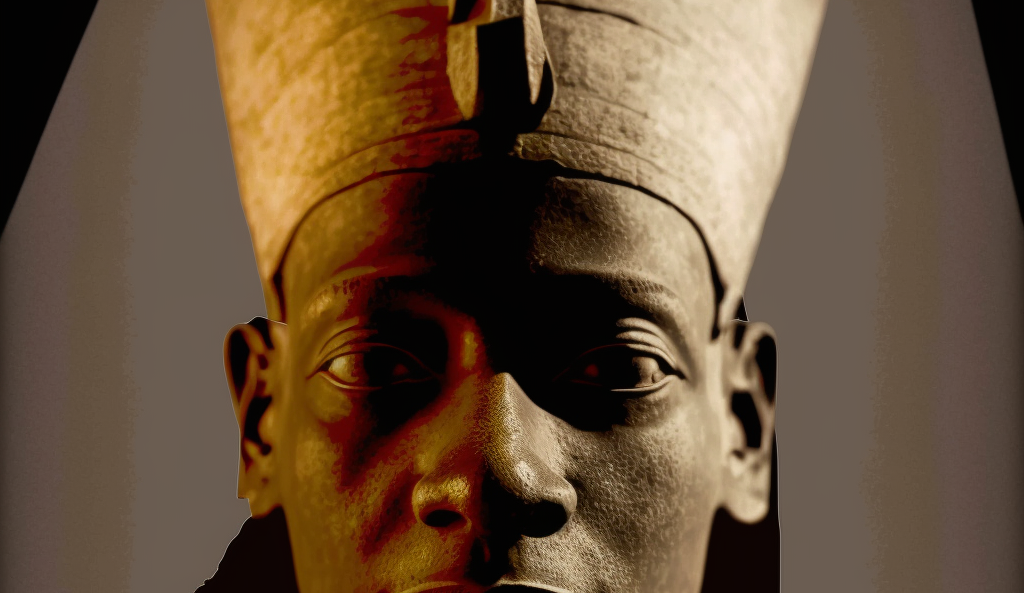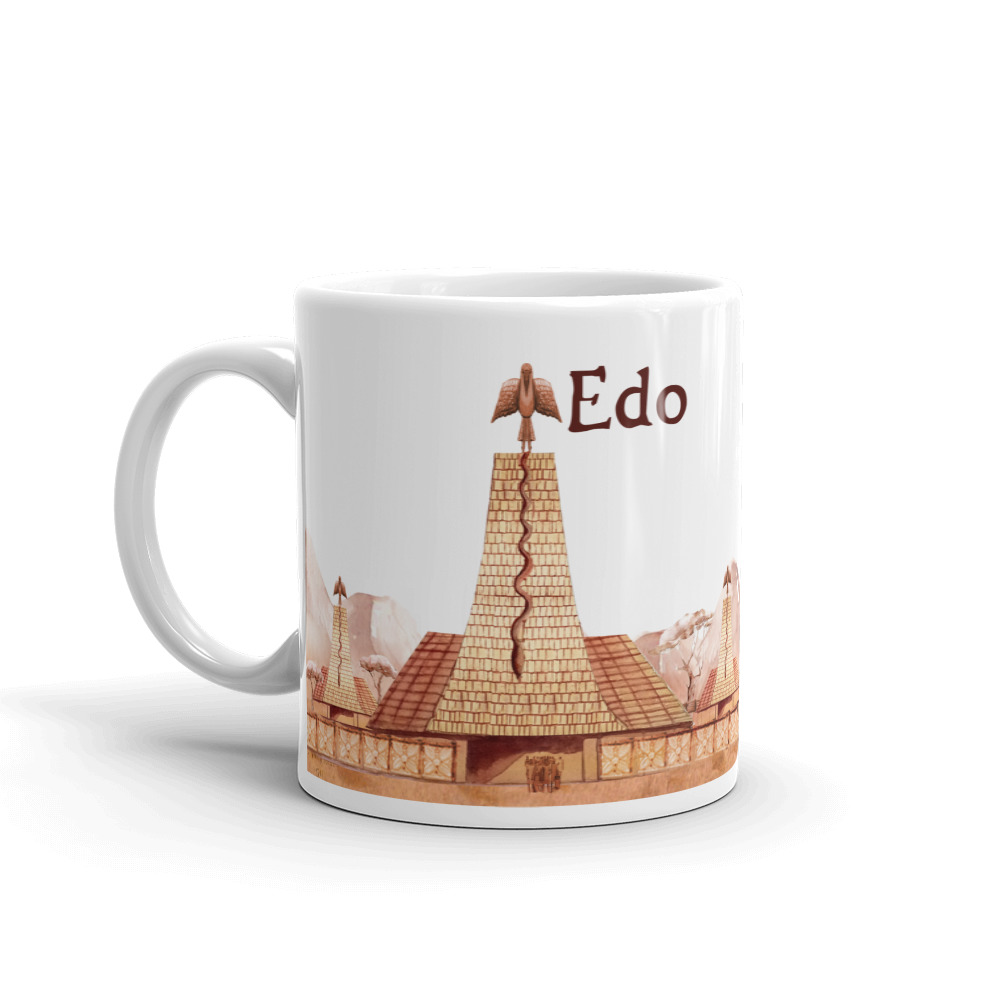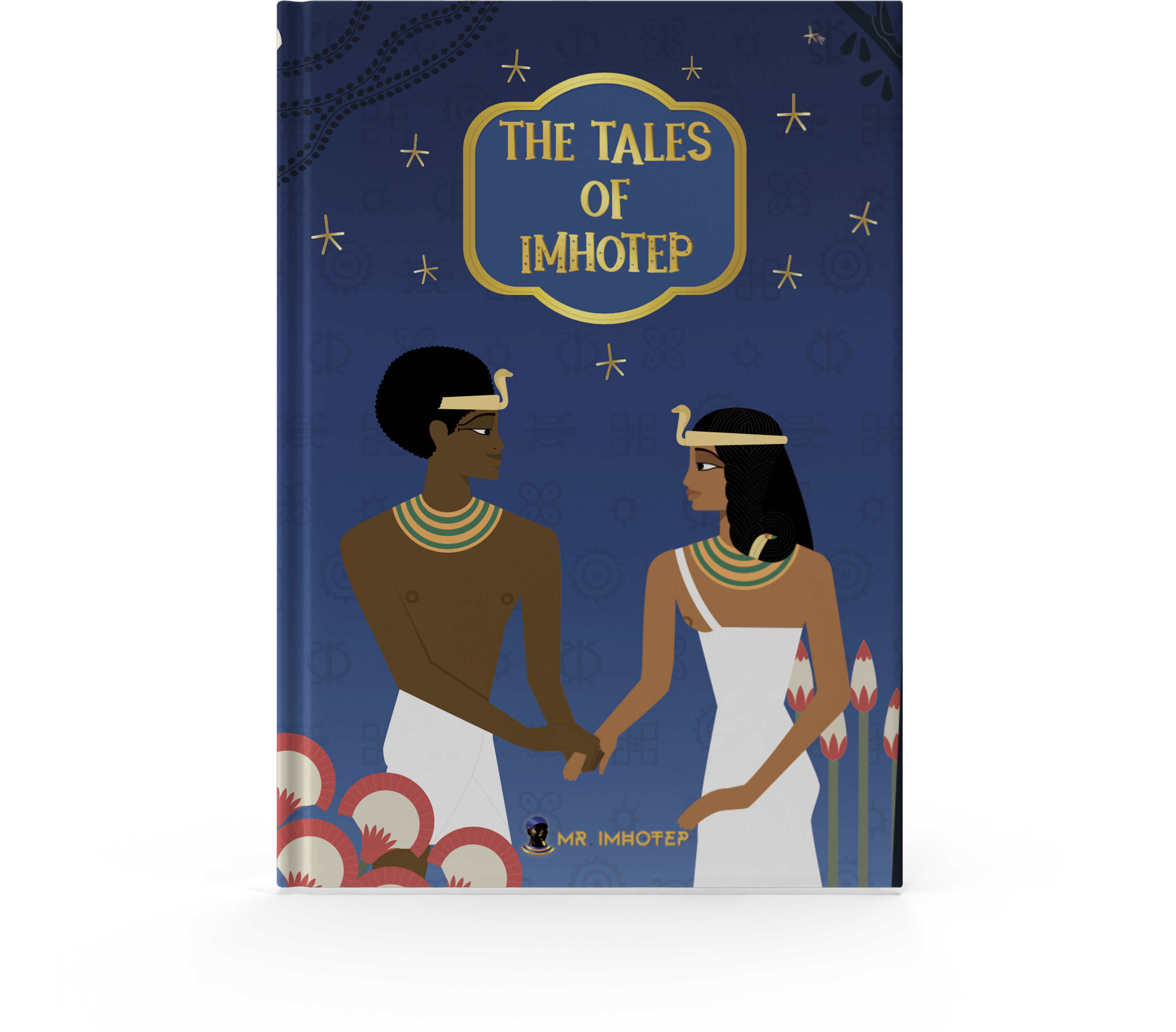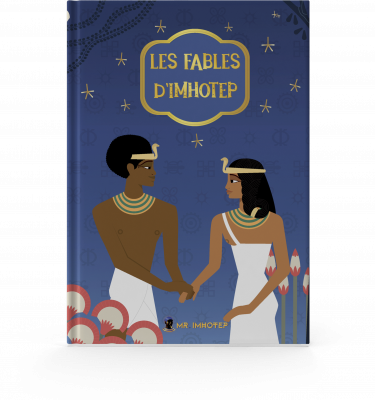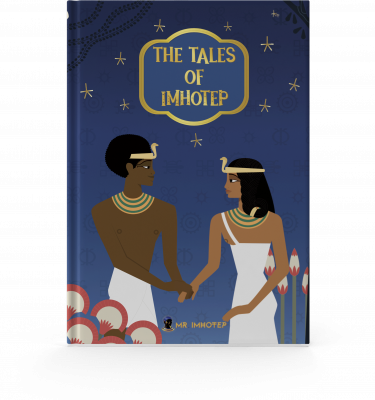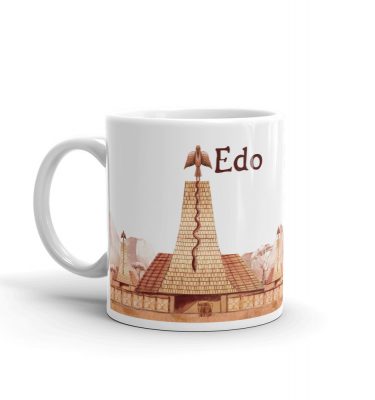The world of ancient Egyptology is one of mystery and intrigue, filled with long-lost kings and dynasties that have been all but forgotten by time. Among these forgotten rulers is Senusret IV Seneferibre, a Theban pharaoh who ruled during the late Second Intermediate Period. Despite his relative obscurity, the recent discovery of a towering pink granite statue of the king in the ruins of the temple of Karnak has brought renewed interest to this enigmatic figure.
But who was Senusret IV and what can we learn from his reign? Unfortunately, the historical record is murky at best. According to Egyptologist Jürgen von Beckerath, Senusret IV belonged to the late 13th Dynasty, while Kim Ryholt classifies him as a king of the 16th Dynasty with an uncertain position in the dynasty. However, Norbert Dautzenberg has proposed that Senusret IV is part of the 17th Dynasty, basing this hypothesis on his reading of entry 11.4 of the Turin canon as referring to Senusret IV, and graffiti on a gate of the Medamud temple mentioning a king “Senusret”. But Ryholt reject this theory and believes that the Turin canon entry 11.4 is not compatible with Senusret IV’s prenomen and the graffiti probably refers to Senusret III rather than Senusret IV.
Despite the uncertainty surrounding his place in history, there are a few clues that provide insight into the reign of Senusret IV. The most significant of these is the statue of the king that was discovered in 1901 by Georges Legrain in the ruins of the temple of Karnak. Standing at an imposing 2 meters and 75 centimeters tall, the statue depicts Senusret IV in all his regal splendor, complete with the traditional headdress and false beard of an Egyptian king.
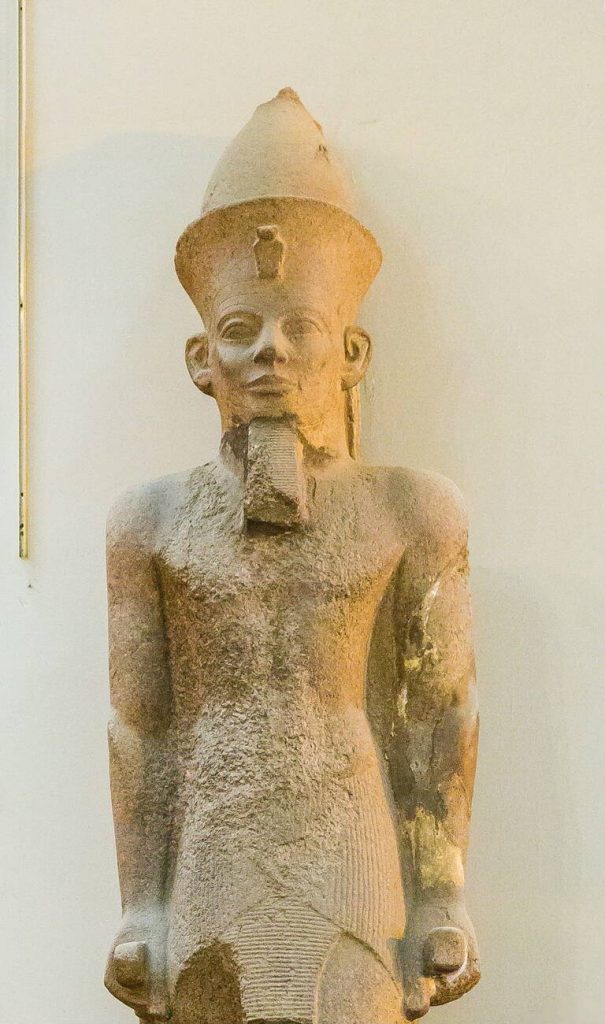
Other attestations of Senusret IV include a block from El-Tod, an upper-right corner of a stela discovered in 1907 by Legrain in Karnak, a lintel from Edfu, and an axe-blade bearing the nomen Senusret. However, the authenticity of these artifacts is somewhat debatable, with some experts arguing that the axe blade could actually belong to Senusret I rather than Senusret IV based on stylistic considerations.
Despite the many unanswered questions surrounding Senusret IV and his reign, the discovery of the statue in Karnak serves as a reminder of the rich and varied history of ancient Egypt, and the many kings and dynasties that have been lost to time. The statue stands as a testament to the enduring power and influence of Senusret IV, a ruler whose name may have been forgotten but whose legacy endures.
In order to complete the restoration of Senusret IV’s face, I used an unknown statue of him. As soon as I laid eyes on this picture of the King from the Cairo Museum, he immediately caught my attention. In my personal opinion, the statue was a better representation of the pharaoh, as his facial features were particularly striking. Similarly, in the statue discovered by Georges Legrain in 1901 at Karnak, the King is depicted wearing the double crown of Kemet, symbolizing his control over the entire territory of Kemet. I used that same depiction in this restoration project, as you will see in the conclusion of this article.
The restoration project aims to combat the longstanding distortion of African history through visuals or representation. For too long, ancient African figures who accomplished great things have been misrepresented as white or white-passing, while the contributions of all groups of people have been erased or minimized. This systematic falsification of history has had a damaging effect on the self-esteem and opportunities of African people, and has contributed to the oppression they experience in their daily lives.
As part of this project, I am excited to present you with this facial reconstruction of Pharaoh Senusret IV, created based on his statue. In creating this reconstruction, I was careful to accurately depict his facial features and I gave him a brown skin color, a color common to the population of Upper Kemet. He may have been darker, but I chose this brown color based on other depictions of the people of that region. I hope you will enjoy this glimpse into the appearance of this remarkable ruler and appreciate the care I took in accurately representing him.
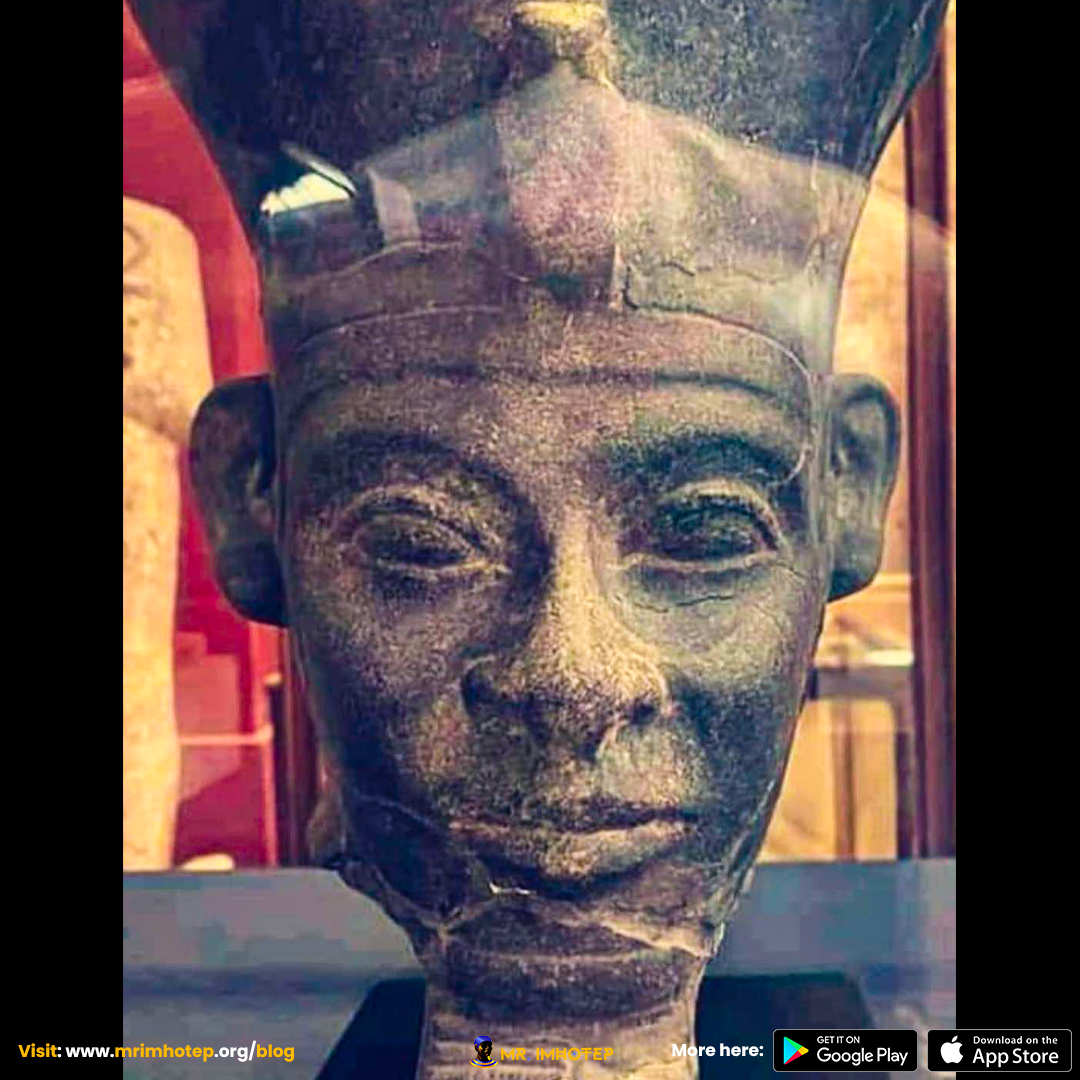
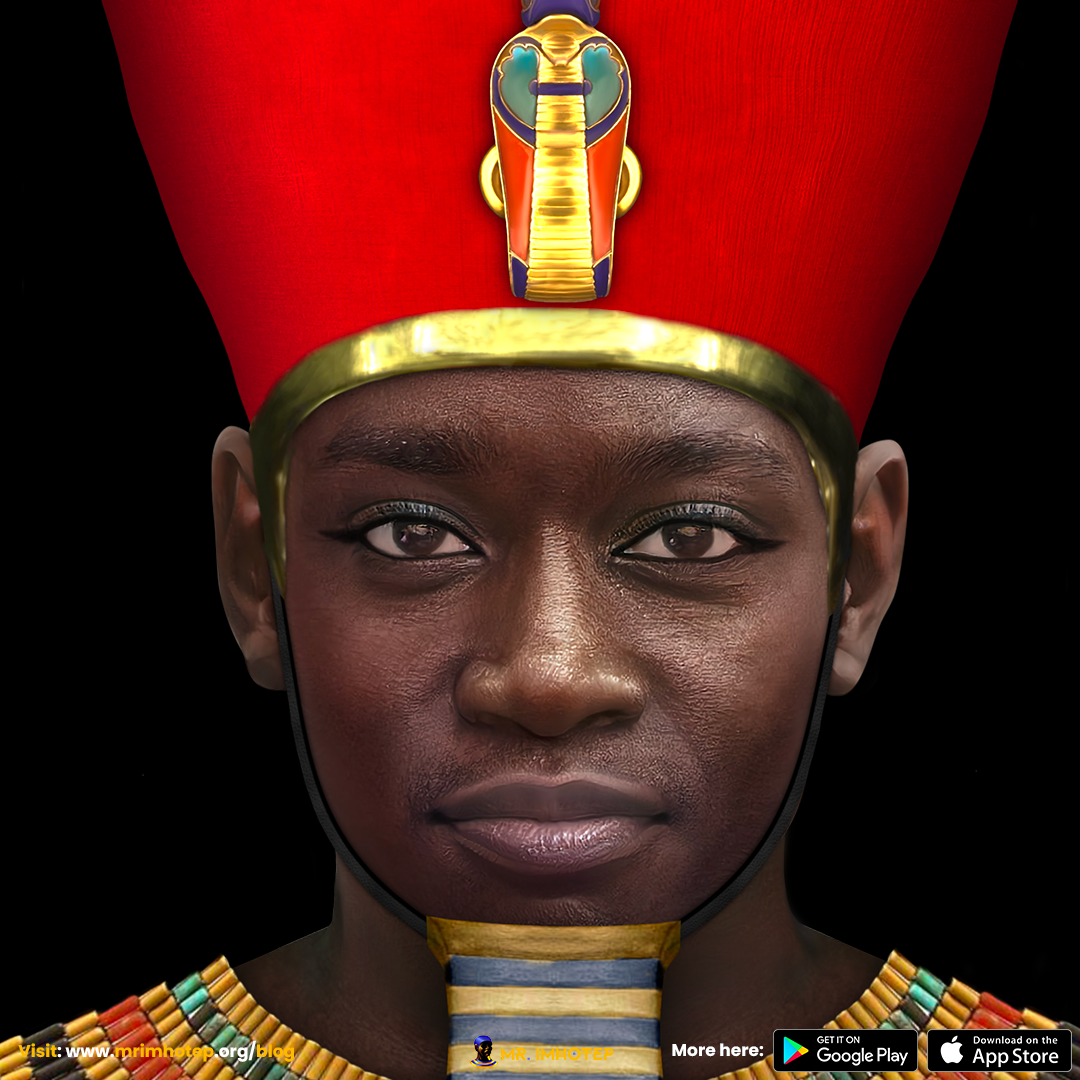
If you would like to support this initiative, please consider making a donation or spreading the word about the ‘Restoration Project’ to your network. Together, we can work towards a future where all groups of people are accurately and fairly represented in the historical narrative. Thank you for visiting our website and for supporting this important cause.

